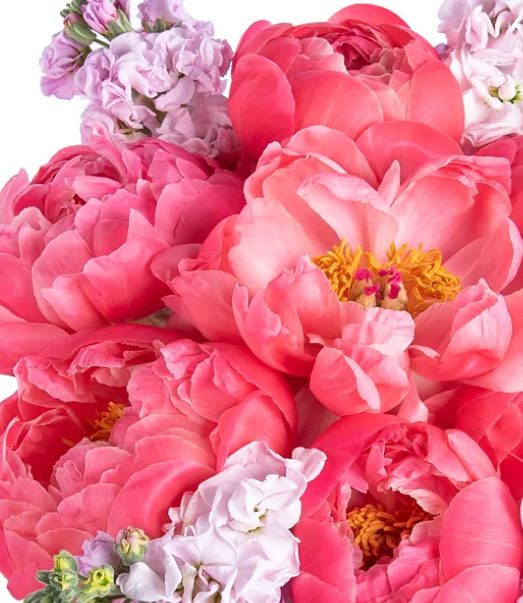
May Flowers in Literature: From Shakespeare to Modern Writers
In the realm of literature, flowers have long served as potent symbols, imbued with rich layers of meaning and emotion. As May unfolds its treasures and the world bursts into bloom, writers throughout the ages have drawn inspiration from the beauty and symbolism of spring flowers. From the poetic musings of Shakespeare to the evocative prose of modern writers, let’s embark on a literary journey to explore the role of May flowers in literature and the timeless themes they evoke.
Shakespeare’s Sonnets
In the works of William Shakespeare, flowers feature prominently as symbols of love, beauty, and transience. In his sonnets, Shakespeare frequently references flowers such as roses, violets, and daisies to convey themes of romance, passion, and the fleeting nature of life. In Sonnet 18, often referred to as “Shall I compare thee to a summer’s day,” Shakespeare immortalizes the beauty of his beloved with the iconic line, “Rough winds do shake the darling buds of May.” Here, the imagery of budding flowers in May symbolizes the ephemeral nature of youth and beauty, contrasting with the enduring power of love.
Emily Dickinson’s Poems
In the poetry of Emily Dickinson, flowers serve as potent metaphors for the human experience, capturing moments of joy, sorrow, and introspection. In poems such as “A Light exists in Spring” and “Nature rarer uses Yellow,” Dickinson evokes the vibrant colours and fragrant scents of spring flowers to convey themes of renewal, hope, and the resilience of the human spirit. Through her keen observation and lyrical language, Dickinson invites readers to contemplate the profound beauty and significance of the natural world, finding solace and inspiration amidst the blooming flowers of May.
Modern Writers and May Blooms
In contemporary literature, writers continue to draw upon the imagery and symbolism of May blooms to explore themes of growth, transformation, and the passage of time. In novels such as “The Secret Garden” by Frances Hodgson Burnett and “The Language of Flowers” by Vanessa Diffenbaugh, flowers play central roles in the narrative, serving as catalysts for healing, redemption, and personal growth. These works celebrate the power of nature to nurture the soul and awaken the senses, reminding readers of the enduring connection between humanity and the natural world.
May Flowers as Literary Symbols
Beyond their aesthetic beauty, May flowers serve as powerful symbols in literature, representing a wide range of themes and emotions. Roses, with their association with love and passion, frequently appear in romantic poetry and literature as tokens of affection and desire. Daisies, with their simple charm and innocence, evoke themes of purity and childhood nostalgia. Irises, with their vibrant hues and intricate petals, symbolize wisdom, faith, and spiritual enlightenment.
In literature, May blooms serve as timeless symbols of beauty, renewal, and the enduring cycle of life. From the lyrical verses of Shakespeare to the introspective poems of Emily Dickinson and the evocative prose of modern writers, blooms infuse literature with a sense of wonder and enchantment, inviting readers to pause and marvel at the splendour of the natural world. As May unfolds its treasures and the world awakens to the beauty of blooming flowers, let us celebrate the enduring legacy of May flowers in literature, finding inspiration and solace in their timeless allure.
